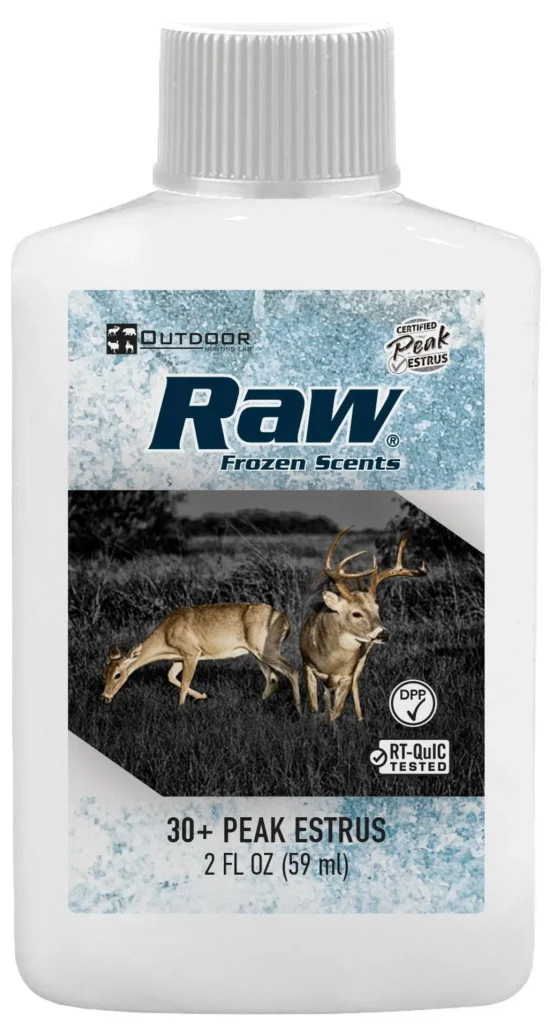In the heart of Central Europe, a silent tragedy unfolds each year as the fawning season of roe deer coincides with the peak of meadow and alfalfa harvest. The mechanical whir of agricultural machinery, a symbol of progress and productivity, becomes an unwitting harbinger of death for countless roe deer fawns. Wildlife managers have long sought solutions to this grim reality, and one approach that has gained traction is the use of odor repellents to drive roe deer from high-risk fields before mowing. However, a recent study led by Jan Cukor from the Forestry and Game Management Research Institute in the Czech Republic has cast doubt on the efficacy of these repellents, potentially reshaping the way we approach wildlife protection in agricultural landscapes.
The study, published in the journal ‘Animals’ (which translates to ‘Zvířata’ in Czech), employed a paired design to evaluate the effectiveness of a commercially used odor repellent. Drones equipped with thermal cameras were used to quantify the abundance of roe deer before and after repellent application, with results compared to untreated control meadows. The findings were stark: the repellent, when applied according to the manufacturer’s protocol, did not significantly reduce the presence of roe deer on meadows.
“Results showed high adult abundance that did not differ significantly among treatments,” Cukor explained. “The highest median was paradoxically observed on meadows ‘after application’ (8.25 ind./10 ha), followed by ‘not treated’ meadows (7.92 ind./10 ha), and ‘before application’ (5.72 ind./10 ha).” For fawns, the differences were similarly non-significant, with numbers increasing over time after application, consistent with the peak of parturition in the second half of May.
The implications of these findings are profound, particularly for the energy sector, which often relies on agricultural intensification to meet growing demands. The use of odor repellents has been seen as a low-cost, low-effort solution to mitigate human-wildlife conflicts, but this study suggests that such approaches may not be as effective as previously believed. This underscores the need for alternative strategies, such as the use of thermal-imaging drones combined with the subsequent translocation of detected fawns to safe locations.
The study’s findings are a stark reminder that the path to effective wildlife protection is not always straightforward. It highlights the importance of rigorous scientific evaluation in shaping conservation strategies and the need for innovative solutions that can adapt to the complex interplay between human activity and wildlife habitats.
As we move forward, the challenge lies in integrating these findings into practical applications that can coexist with agricultural intensification. The energy sector, in particular, has a vested interest in ensuring that its activities do not come at the expense of biodiversity. The study by Cukor and his team serves as a call to action, urging stakeholders to reconsider their approaches and invest in more effective, science-backed methods of wildlife protection.
In the end, the story of the roe deer fawns is a poignant reminder of the delicate balance between progress and preservation. It is a narrative that calls for thoughtful reflection and a commitment to finding solutions that can harmonize the needs of both humans and wildlife. The journey towards effective wildlife protection is far from over, but with studies like this, we are one step closer to finding the right path.

